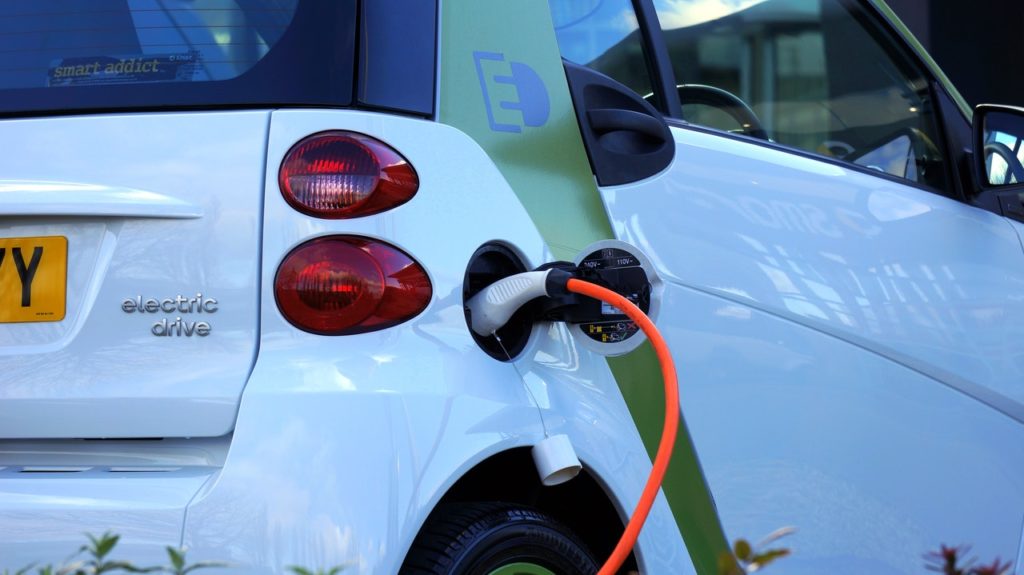The electric vehicle movement has been big since the introduction of the first hybrid vehicle. The movement for cutting emissions and clearing the planet’s carbon footprint has steadily been gaining ground, so there’s no surprise why there’s a sudden influx of innovations created in the development of a feasible mass-produced electronic vehicle (EV).
These new cars that are coming feature different models from mainstream makers like Volkswagen and Honda. It also requires being a driver who could’ve completed a DMV-approved defensive driving course online or personally before the pandemic hit. Some new models are also from new brands. The Polestar 2 is a prime example of the newcomers into the market.
It will be a joy to finally drive one of these models, but you’ll have to wait until the mass-produced models hit the market. Here’s a look at some early market noisemakers.
The Citroen e-C4
The UK finally got one of these EVs in November 2020, but the deliveries are only set to start this year. Their latest model will arrive with a coupe-crossover design that’s currently popular right now. It will also be a first-ever electric variant. The e-C4 will also use the same CMP modular EV chassis.
As for how fast it is, buyers will receive 134hp from the front-wheel-drive motor. It will also reach up to 217 miles of range using the 50 kWh power battery. It should reach a top speed of 93mph while it goes from 0-60 in 9.7 seconds.
The Mercedes-Benz EQA
This entry-level EQ model will feature a body shape seen from the GLA compact rather than take elements of the Mercedes’ A-Class hatchback. That means passengers will get more legroom while there is space for batteries under the seats. It was supposed to have arrived last year, but the pandemic happened, and it’s only happening this year.
The EQA’s details are still company secrets right now, including what power plant details it has. But it is predicted to go at speeds of 249 miles between charges. The EQA is also being positioned as a direct competitor to the BMW i3.
The Volvo XC40 Recharge P8
The Recharge P8 is the company’s very first foray into the EV market. It is also expected to start the entry of Volvo into an entire range of EV-adapted versions of current vehicles rather than new models. These adapted versions will feature batteries and electric motors, and there is also the expectation that an electric XC90 will arrive too.
As for the hardware, there’s already a model that’s carrying the load—the Polestar 2, which has arrived in the U.K. Other customers will have to wait and see whether they will receive other models early this year, while the XC40 recharge has already been delivered to British clients.
The Ford F-150 Electric
It was a big business decision for Ford to push through with this electric vehicle. There were rumors of the vehicle going to be a hybrid version of the best-seller F-150. The company decided to go in the way of the all-electric version for this year, thinking that the hybrid wasn’t enough.
As with all the other electric vehicles on this list, little is known about the eF-150, but Ford knows their competitors. It is expected that the electric truck will have something that will allow it to compete directly with its competitors and won’t be left behind in the dust.

The Audi Q4 e-tron
Another crossover, the Audi Q4, will arrive in 2021 and be in direct competition with similar vehicles in its range. Its competitors are the Tesla Model Y, the Hyundai Kona EV, and the Kia Niro EV. 2021 will also be the year to see other small SUVs in the range of the e-tron.
This car will feature two electric motors that will supply power to all the wheels. The all-wheel-drive will deliver a power output of 225 kW, with an acceleration from 0 to 100 km/h in 6.3 seconds. It will also feature a top speed of around 180 k/h (111 mph or ca. 179 km/h).
The electric vehicle movement and the groups calling for the continued cut of carbon emissions as years pass will get a great boost to their efforts with these vehicles. It looks like that from 2021 forward, the electric vehicle will make a push toward becoming a mass-produced vehicle.
It may be a long time before a feasible model is affordable enough for the common man but expect more charging stations to appear with more EVs coming through. With each successive tech introduced, EVs will finally become more affordable and more available.




